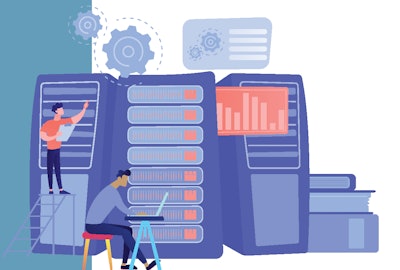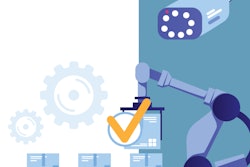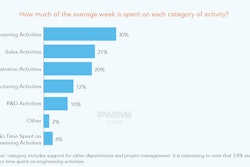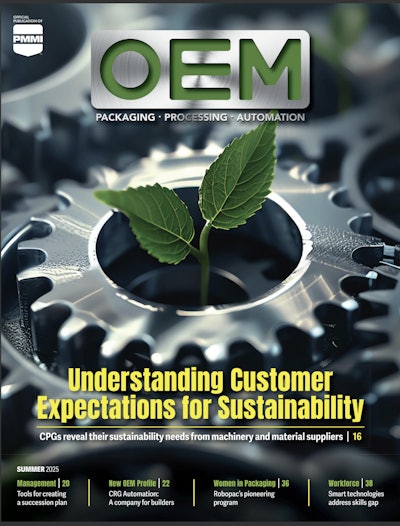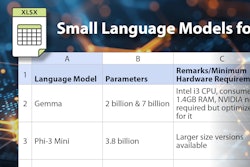When entering the wild west of AI technologies in packaging and processing, it’s important to put the right foot forward.
That’s why PMMI Business Intelligence researchers asked AI solutions experts to offer advice for companies looking to begin AI implementation, or utilize an AI tool within operations, in the 2024 report, “The AI Advantage in Equipment: Boosting Performance and Bridging Skills Gaps.”
Have a clear plan in mind of what you want to achieve
There’s a wide variety of processes AI can help improve within a company. Thus, experts say it is important to have a clear definition of the problem they are trying to solve and a specific goal in mind, before starting integration.
Whether this is improving throughput, increasing productivity, enhancing machine performance, improving worker safety, reducing machine downtime, or optimizing training outcomes, it is vital to keep a plan in mind to ensure the project has a clear end goal. This helps both with understanding what data should be collected, and how to configure the AI model to best achieve the goal. This advice is most important for digital twin simulations and predictive maintenance.
Collect and store relevant data
To get a head start with integrating AI, experts recommend collecting and storing relevant data. This is important if machine health data is being collected for predictive maintenance, or worker performance metrics are being collected for connected worker platforms.
AI solutions companies often need to spend the first part of a project helping customers to organize their data, and ensuring relevant data is being collected and input into the model.
Speak with an AI company early
Whether simply purchasing a software license or forming a partnership with companies offering AI solutions, it is important to start these conversations early. This allows projects to “hit the ground running,” rather than wasting time collecting unnecessary data.
Start with small and achievable projects
Artificial intelligence is a powerful tool that, in the right situation, can provide significant improvements to both individual processes and entire organizations.
AI software requires buy-in from all major stakeholders, so the current advice is to initially target key areas where return on investment (ROI) can be proven to reduce any skepticism around the technology.
Don’t assume it’s a fix-all solution
Following on from the point above, artificial intelligence is one of the tools companies can utilize to solve problems, and therefore should be treated as such.
Targeting specific issues or KPIs, and then examining AI solutions as one possible option, will likely lead to much better results than an attempt to utilize AI for the sake of it.
SOURCE: PMMI Business Intelligence: 2024 The AI Advantage in Equipment: Boosting Performance and Bridging Skills Gaps
For more insights from PMMI’s Business Intelligence team, find reports, including “2024 Trends in Remote Services and Monitoring” and “2023 Packaging and Automation in the Warehouses of the Future” at pmmi.org/business-intelligence.
Download the FREE report below.
